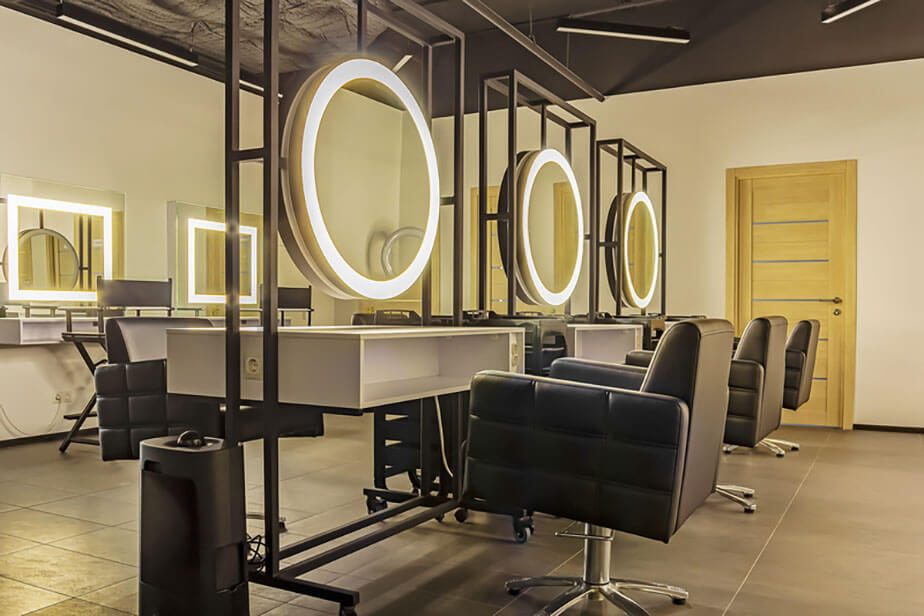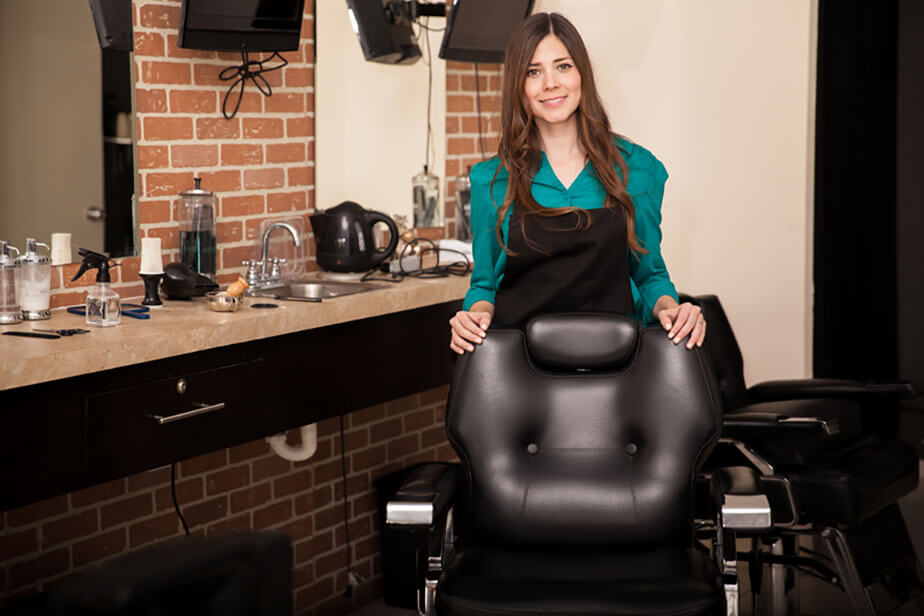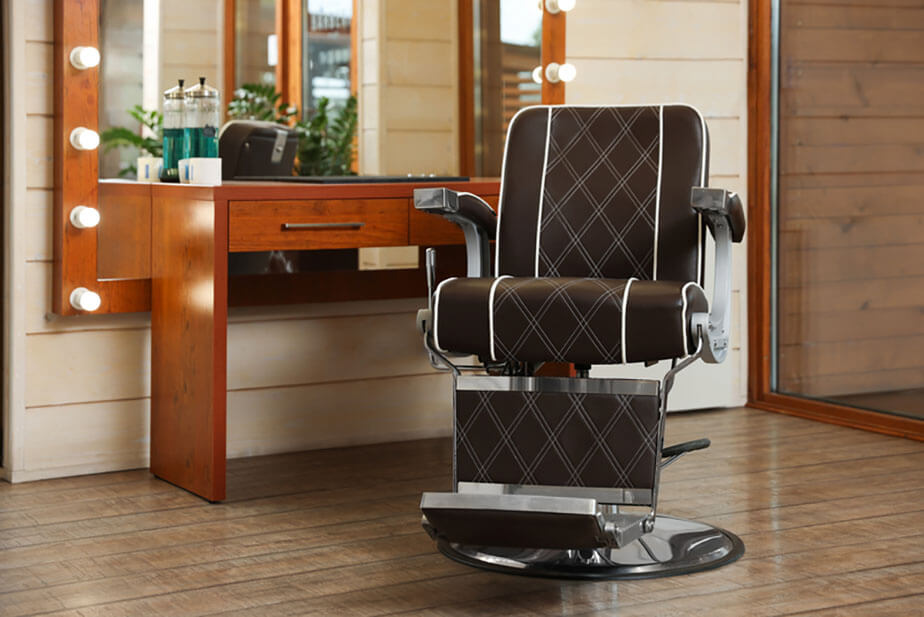Chernetskaya/Dreamstime.com
The moment you decide to rent a chair at a salon, everything changes. You’re no longer just a stylist. You’re becoming an entrepreneur. With salon owners increasingly embracing the rental model and focusing on how to recruit hair stylists who can thrive independently, there’s never been a better time to take this step. But the leap from employee to chair renter isn’t just about technical skills or a loyal clientele. It’s about understanding the business side of beauty and positioning yourself for success.
How Salon Chair Rentals Work
Think of a chair rental as running a mini salon within a salon. Instead of receiving a paycheck from an employer, you’re leasing a workspace to operate your independent business. When renting a chair, you pay for more than just the physical station. You also gain access to the salon’s infrastructure, including utilities and common areas.
Most salons offer weekly or monthly rental agreements. Some operate on a percentage split model where you pay a lower base rent plus a percentage of your service revenue. This setup gives you more control over your pricing, schedule and service offerings, but it also means taking responsibility for your own success.
Understanding the Financial Framework
Unlike traditional employment where the salon covers overhead and supplies, chair rental puts these responsibilities on your shoulders. Your rental fee typically covers the physical space, utilities and basic amenities. However, you’ll need to purchase professional hair care products and cover expenses like liability insurance and marketing materials.
Successful rental stylists treat their chairs like businesses within businesses, creating detailed budgets that account for both fixed and variable expenses. Fixed costs include the rental fee, insurance premiums and professional licenses. Conversely, variable costs fluctuate based on service volume, including hair products, cleaning supplies, and marketing initiatives.
Evaluating Potential Salon Spaces

Kristina Kuptsevich/Dreamstime.com
Location is crucial in the salon industry, and the ideal salon space aligns with your target clientele and professional goals. Consider parking availability, public transportation access and the overall demographic of the area. A high-end salon in an affluent neighborhood might command higher rental fees, but it could also enable you to charge premium prices for services.
Beyond location, examine the salon’s atmosphere and culture. Pay attention to equipment maintenance, cleanliness standards and overall professionalism. A well-maintained salon suggests that the owner invests in the business and takes pride in the space.
Understanding Rental Agreements
Chair rental agreements vary, and understanding their nuances is crucial. Some salons charge a flat weekly or monthly rate, while others offer a base rate plus commission structure. The agreement should outline what’s included in the rental fee, such as reception services, towel service and product room access.
Pay close attention to contract terms regarding notice periods, non-compete clauses and client ownership. To avoid future headaches, have a business attorney review your contract before you sign it.
Creating Your Service Menu
One advantage of chair rental is the freedom to create a service menu and establish your own pricing structure. Research your local market, considering direct competitors and your target clientele’s expectations. Also, consider your hair stylist level. Your prices should reflect your skills and cover expenses while remaining competitive.
Growing Your Client Base
While you might bring an existing client base, growing your business requires consistent effort. Network within your local community, participate in local events and create a referral program to reward existing clients for bringing new customers to your chair.
Client retention is as necessary as acquisition. Develop a system for following up with clients, sending appointment reminders and maintaining regular communication. Loyalty programs incentivizing repeat visits and product purchases help, too.
Planning for Growth
Depending on your goals, chair rental can be a stepping stone to salon ownership or a long-term business model. Create a five-year plan outlining your professional development goals, target income and desired work-life balance. Include strategies for raising your prices over time, expanding your service offerings and taking on additional responsibilities within the salon community.
Closing Thoughts

antoniodiaz/Dreamstime.com
Successfully renting a chair at a hair salon requires careful planning and business know-how. By approaching this transition thoughtfully and maintaining high standards in every aspect of your business, you can create a thriving independent practice within the salon industry.









Share Your Feedback